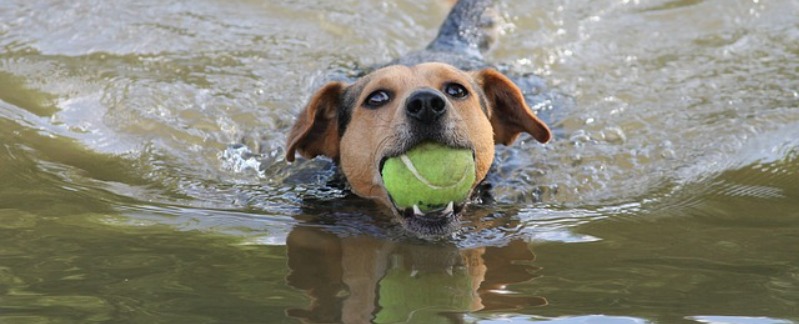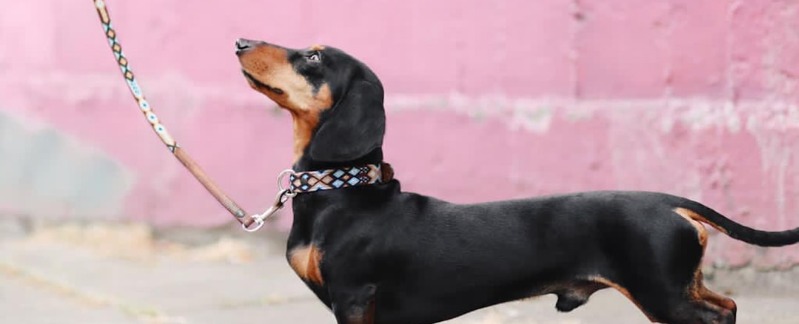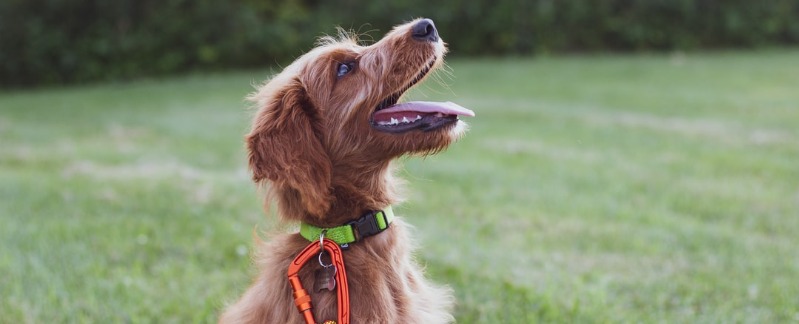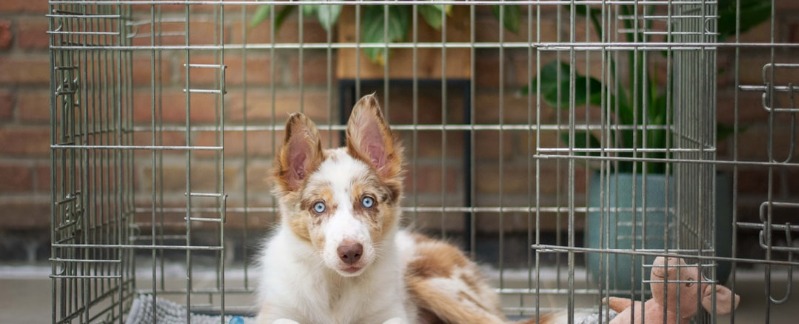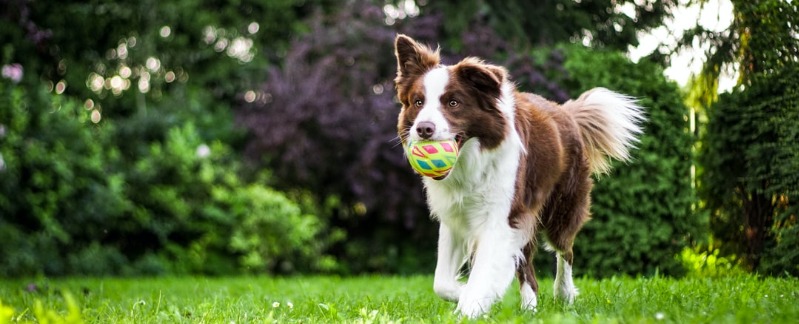Timing is a critical part of successful dog training. There are several intertwined ways that good timing can significantly improve the success of your training program.
Timing Reinforcement
Your timing in delivering reinforcement is absolutely critical to your dog’s understanding of each exercise. As far as your dog is concerned, what you reward is what she’ll repeat, not what you meant to reward. Let’s say you’re trying to get your dog to look at you on command (last section of this chapter explains how you can accomplish this). You’ve charged your CR, and you’re waiting for your dog to look at you. She does, but before you can CR, she looks at your hand. You CR when she’s looking at your hand, thinking she’ll know you meant it for the eye contact. She won’t, but the behavior of watching your hand has gotten a little stronger if you want to put that on cue (command).
Timing Corrections
Just as important as timing reinforcements or rewards correctly, the timing of corrections is vital if you want them to have any effect on the behavior you’re trying to modify. Dogs not having language means you can’t explain that the reason you’re yelling at your dog at 5 P.M. is because he got into the trash at 10 A.M.
Teach yourself good timing so you can use CRs effectively. Take a ten-nis ball and bounce it on a flat, level floor. Every time the ball hits the floor, CR (say “yes,” click, whatever your CR is). No ball? Watch somebody walking — in person or on TV — and CR every time his left foot hits the ground.
During training sessions, you’ll want to pay close attention to your dog. If you do, you’ll begin to notice that you can anticipate when she’s about to make a mistake, like break a stay, for instance. If you can catch her when she’s thinking about breaking, rather than when she’s halfway across the room, your correction is much more meaningful and you can use much less force to get the job done.
Other Aspects of Timing
From another perspective, there are two other elements of timing that affect training. They are:
- The duration of your training sessions
- The time of day your training sessions take place.
Aside from the lifestyle training you’ll be doing as a matter of course, you’ll also want to have some separate formal sessions. The duration of your training sessions should be very short, anywhere from a minute or two to 15 or 20 at the most. You always want to quit while your dog still wants to play.
Hanging out watching TV at night? It’s amazing how much training you can get done in a commercial break. It’s the perfect amount of time to work on one or two exercises and leave your dog wanting more.
The time of day that you have your training sessions is important, too. You want to have them when your dog is motivated to work, like before mealtimes, but not overexcited, like after being in the crate for eight hours.

